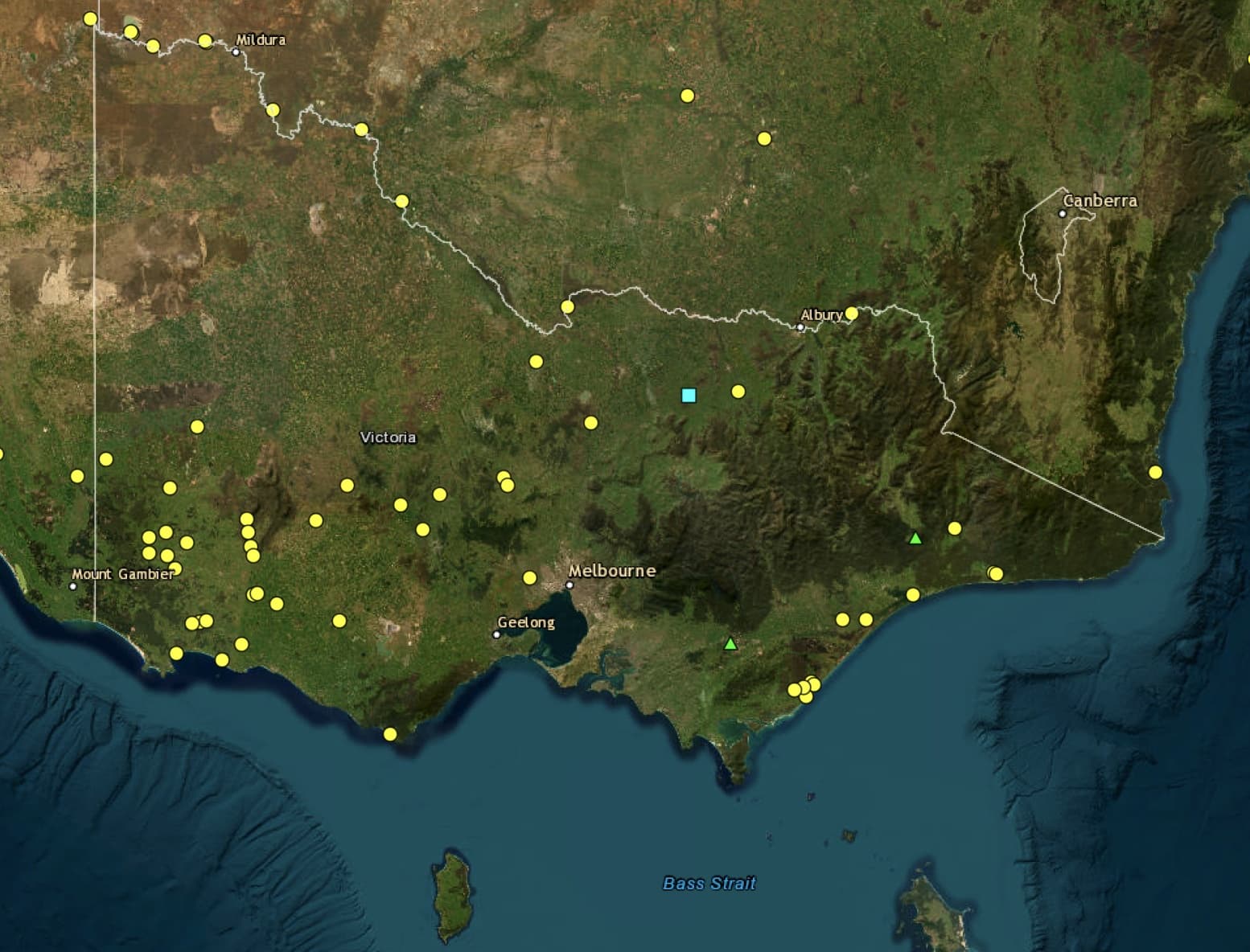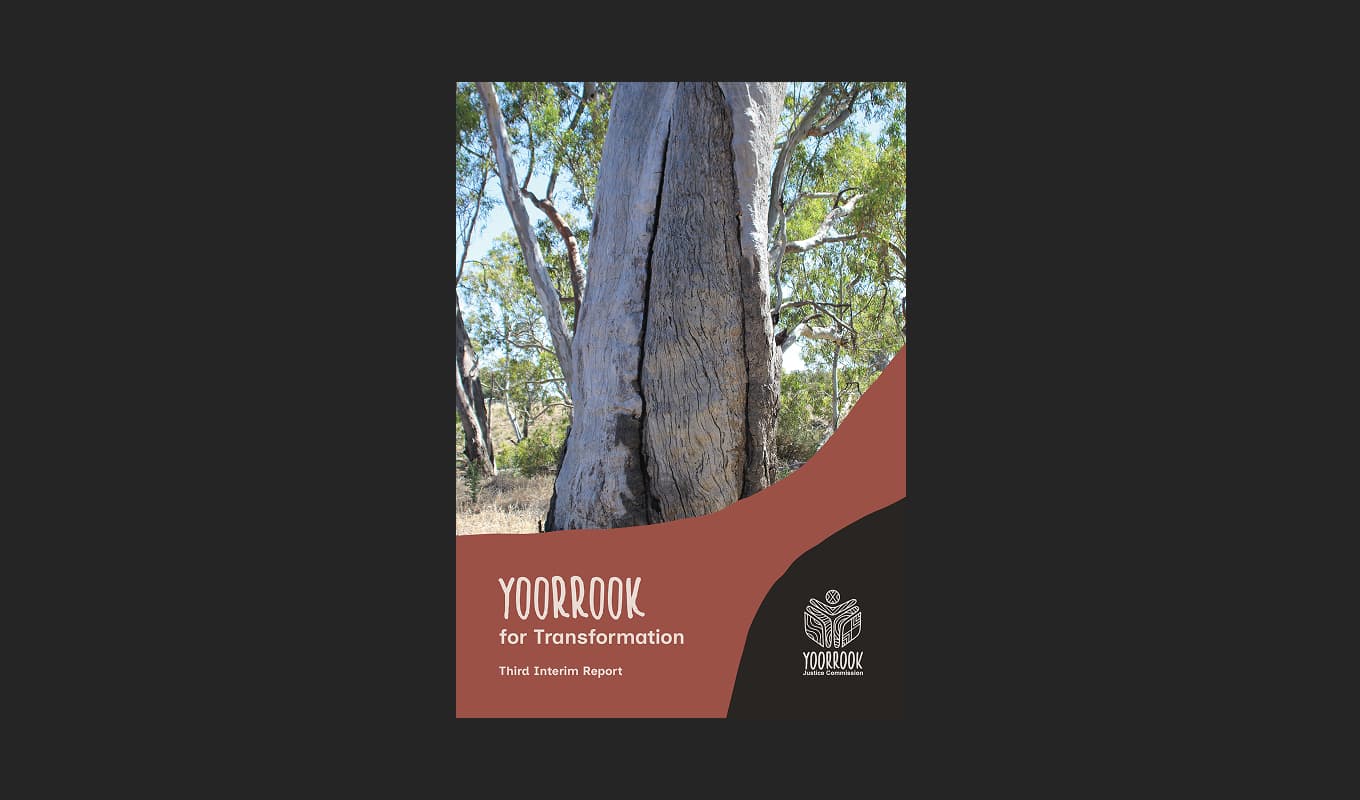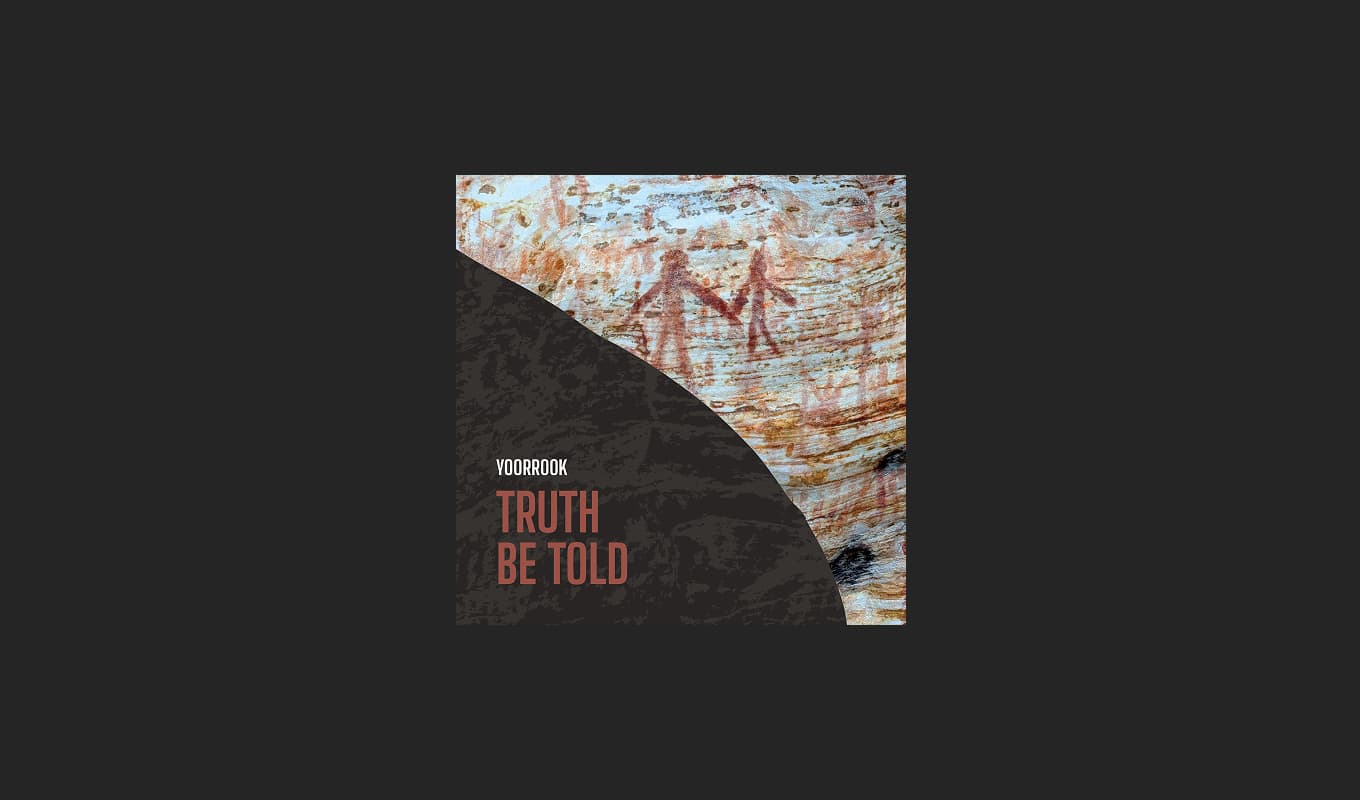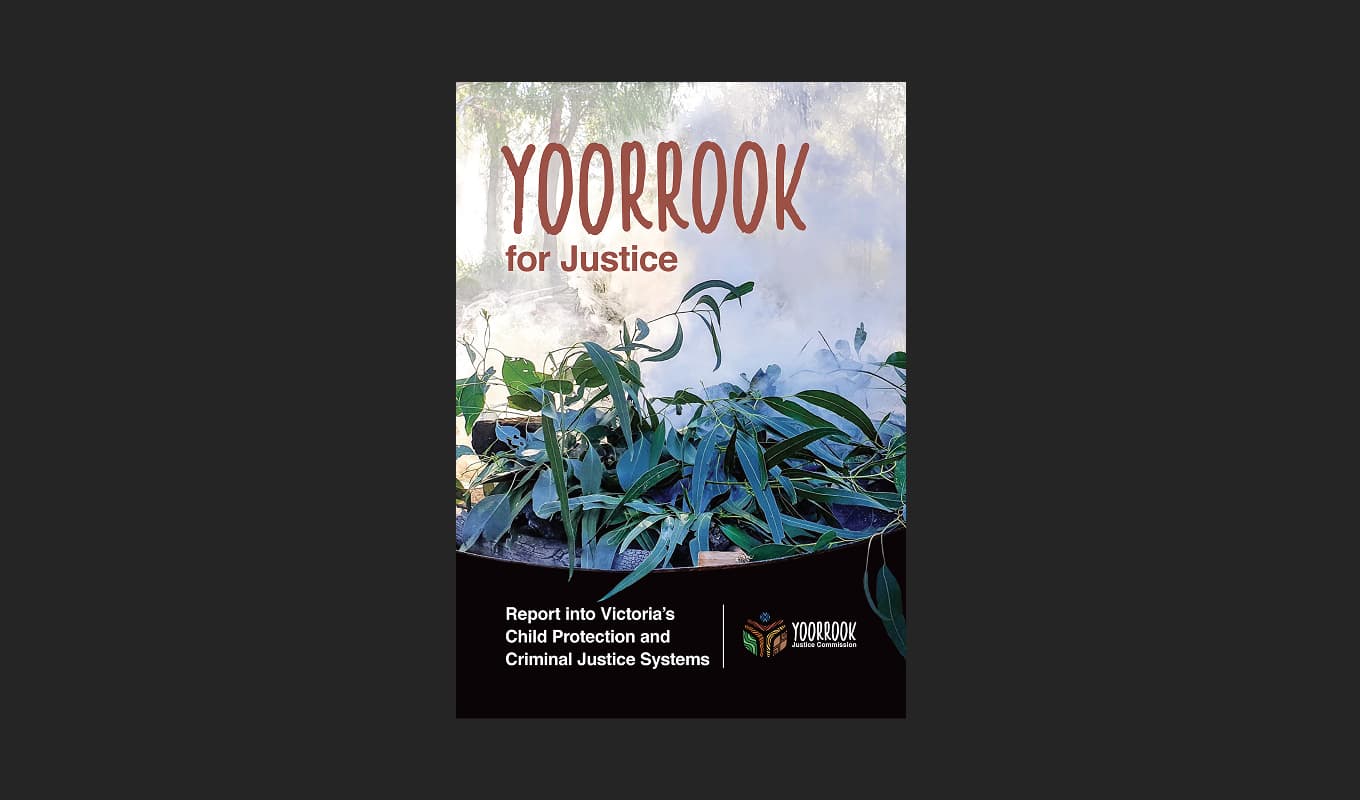Victorian Massacres
Explore this interactive map of massacre sites across Victoria to understand the scale and impact of colonial violence. Please be advised this content may be distressing. Support resources are available.
Sensitive material warning
Please be aware that this page may contain sensitive material. Support resources are available.
Colonial Frontier Massacre Project
The University of Newcastle Colonial Frontier Massacre Project is a detailed resource about the many frontier massacres that occurred between 1788 and 1930. It includes information on the project and sources, an interactive map, an overall site list, and a summary statistics page that has tables of massacres including by state/territory.

The Colonial Frontier Massacre Project defines a massacre as:
the deliberate killing of six or more relatively undefended people in one operation.
This does not include frontier conflict where Aboriginal people were armed (sometimes referred to generally as the Australian Wars, or by particular conflicts such as the Eumeralla Wars). The project only includes massacres that have recorded evidence a conservative approach to estimating the number of victims killed.
Dr Bill Pascoe, who works on the project in a submission to Yoorrook explained:
According to the Colonial Frontier Massacre project site list, as of 11 March 2025, there were a total of 50 recorded massacres in Victoria. All but 3 of these massacres were perpetrated by colonists against Aboriginal people.
The total number of Aboriginal people killed in recorded massacres in Victoria, at a conservative estimate, is 978. The total number of colonists killed in recorded massacres in Victoria was 10.
The first recorded massacre was the Convincing Ground massacre, estimated to have occurred between March 1833 and March 1834.
The last recorded massacre may have been the Aspley, Western Wimmera massacre estimated to have occurred in November 1854, or the ‘Murderers Flat’ massacre at Lake Condah (Tae Rak), estimated to have occurred between January 1850 and January 1860.
While there are no recorded massacres after 1860 or before 1834, it is highly likely that massacres were also occurring during these times but were not recorded, were disguised or were hidden. As Marcus Stewart highlighted:
The University of Newcastle research only records frontier massacres for which there is reliable evidence. Massacres were usually carried out in secret, and so the full story may never be known.
The following data in the accompanying table is based on the Colonial Frontier Massacre project data.
| Time | Massacres | First Peoples Killed | Colonists Killed |
| 1829 and prior | - | - | - |
| 1830 to 1839 | 12 | 168 | 8 |
| 1841 to 1849 | 34 | 756 | 0 |
| 1850 to 1859 | 4 | 54 | 2 |
| 1860 and after | - | - | - |
| Total | 50 | 978 | 10 |
The Killing Times: Mapping Frontier Violence
Explore The Guardian’s interactive map documenting the massacres of First Peoples across Australia during the frontier wars. This powerful resource brings national context to the violence of colonisation.
Reports and Recommendations
Read the official reports and recommendations of the Yoorrook Justice Commission.

Yoorrook for Transformation
Third Interim Report: A five-volume comprehensive reform report presenting evidence and findings on systemic injustices, and specific recommendations for meaningful change to transform the future.

Truth Be Told
An official public record that documents First Peoples experiences since colonisation, preserves crucial testimonies for future generations and creates an enduring resource for education and understanding.

Recommendations for change
Yoorrook Justice Commission’s recommendations for truth-telling, justice, and systemic reform in Victoria.
